WWII naval hero said,"Waterloo, I love you."
Local historian wants Waterloo-born aviator recognized at airport
Michael Magee is a retired Waterloo city sanitation worker. So he knows a lot about salvaging treasure from, well, the rest.
He’s also been an unofficial city historian for more than 35 years. And he believes an infrequently told treasure of Waterloo’s history needs to be put front and center at one of the city’s major points of entry for all to see.
That treasure is the story of late Waterloo-born World War II naval combat aviator James D. Ramage -- a highly decorated U.S. Navy rear admiral, who also was involved in some major community projects here later in his life.
Magee believes an anticipated multi-million-dollar, multi-year renovation of Waterloo’s airport would be a perfect opportunity to catapault Ramage’s and Waterloo’s reputations to new heights.
"He's from Waterloo, he's a flier obviously and I heard so much about the new expansion at the airport, that I thought, if a new road or building is being built, there might be some way to recognize James Ramage,” Magee said. “He's quite a famous Navy pilot. I think he should be recognized.”
Magee acknowledged Ramage does have some items on display at Waterloo’s Sullivan Brothers Iowa Veterans Museum, part of the Grout Museum District. “But something at the airport would be real visible to people going there all the time,” he said. The airport also has hosted many Honor Flights of local military veterans to see Washington, D.C. memorials.
Magee’s request has been referred to the Waterloo Airport Commission for consideration, according to Waterloo Mayor Quentin Hart.
Ramage, who passed away in 2012 at age 96, commanded the dive bomber squadron of the aircraft carrier USS Enterprise in World War II. He was a squadron mate of Medal of Honor recipient Edward "Butch" O'Hare of Chicago, for whom Chicago's O'Hare International Airport is named.
Magee said he wasn’t necessarily thinking of a parallel recognition for Ramage in Waterloo as O’Hare received in Chicago. But he noted there is precedent, since there are displays at the Waterloo airport featuring trophies and other memorabilia of legendary Waterloo-born 1930s air racer Jonathan Livingston, for whom Richard Bach’s early 1970s novel “Jonathan Livingston Seagull” was named. Livingston Aviation, a fixed-based air service operator at the airport, is named for him.
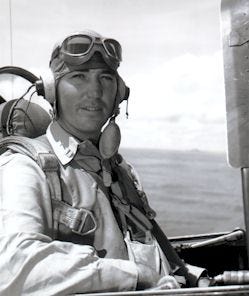
Ramage - nicknamed "Jig Dog" for the military phonetic alphabet pronunciations of his first and middle initials -- was involved in 11 major naval air combat operations against the Japanese Imperial Navy in World War II. For example, according to Waterloo-Cedar Falls Courier files, he was in charge of all air attacks during the Battle of Saipan in 1944, personally dove on an enemy carrier "and left it in a sinking position."
At the raid on Truk lagoon, he dropped the first bombs which sunk the Japanese sub tender vessel Heian Maru, which, earlier in the war, had supplied the torpedoes to the Japanese submarine I-26 which sunk the USS Juneau off Guadalcanal, resulting in the deaths of Waterloo's five Sullivan brothers and all but 14 of their nearly 700 shipmates.
Ramage received very high decorations, including the Navy Cross and the Distinguished Flying Cross for valor in combat. He also served during the Korean War and, during the Vietnam War commanded Carrier Division 7 from the USS Oriskany in the Gulf of Tonkin.
Ramage's SBD Dauntless dive bomber he flew in World War II is on public display in a hangar on Ford Island at Pearl Harbor, near where the battleship USS Missouri is docked, as part of a military history display complex. He is a member of the Carrier Aviation Hall of Fame and has received numerous other honors. After his retirement from the Navy in 1976, Admiral Ramage was a longtime volunteer for the Red Cross at his home in Coronado, Calif. He also was a well-known World War II historian on the naval war in the Pacific and his commentary has appeared on documentary films.
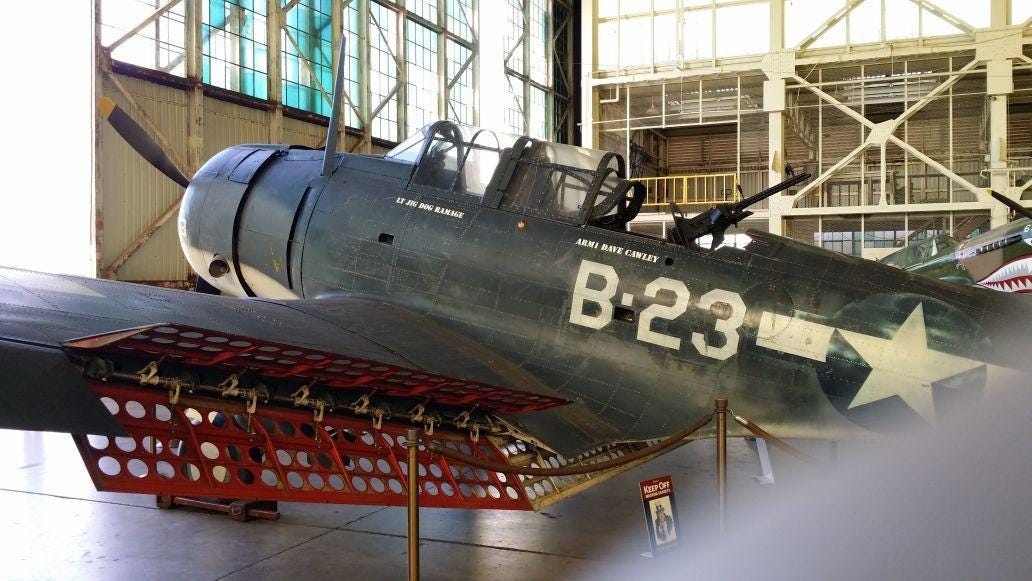
Ramage has deep roots in local and military history. He grew up in the Highland neighborhood on Waterloo’s east side, graduated from Waterloo East High and his father ran an auto dealership in what is now the KWWL-TV building at Franklin and East Fourth streets. Ramage also attended Iowa State Teachers College in Cedar Falls, now the University of Northern Iowa. Admiral Ramage's maternal great grandfather, James Groat. served in the Union Army in the Civil War and was later elected mayor of Waterloo. Admiral Ramage's auto-dealer father also was a veteran of the Spanish-American War.
In 1988, Ramage was instrumental in getting Waterloo's ConWay Civic Center renamed for the Sullvan brothers -- which has since evolved into the Waterloo Convention Center at Sullivan Brothers Plaza. Ramage also was honorary chairman of the fund drive to build the Grout Museum District's Sullivan Brothers Iowa Veterans Museum, which opened in 2008. He donated some items from his service for the display there.
At the ceremony rededicating the convention center in 1988, when Ramage stepped up to address the packed house, his first booming words into the microphone were, "Waterloo, I love you."
“He was a local hero who ought to be recognized,” Magee said. “There are many other heroes who are unknown, but Ramage stands out in my mind as worthy of some kind of recognition for his service to the Navy.”
Ramage also was a Waterloo Courier delivery boy in his youth. He would frequently return calls to the Courier newsroom for interviews with the opening line, “Route 26, reporting for duty.”
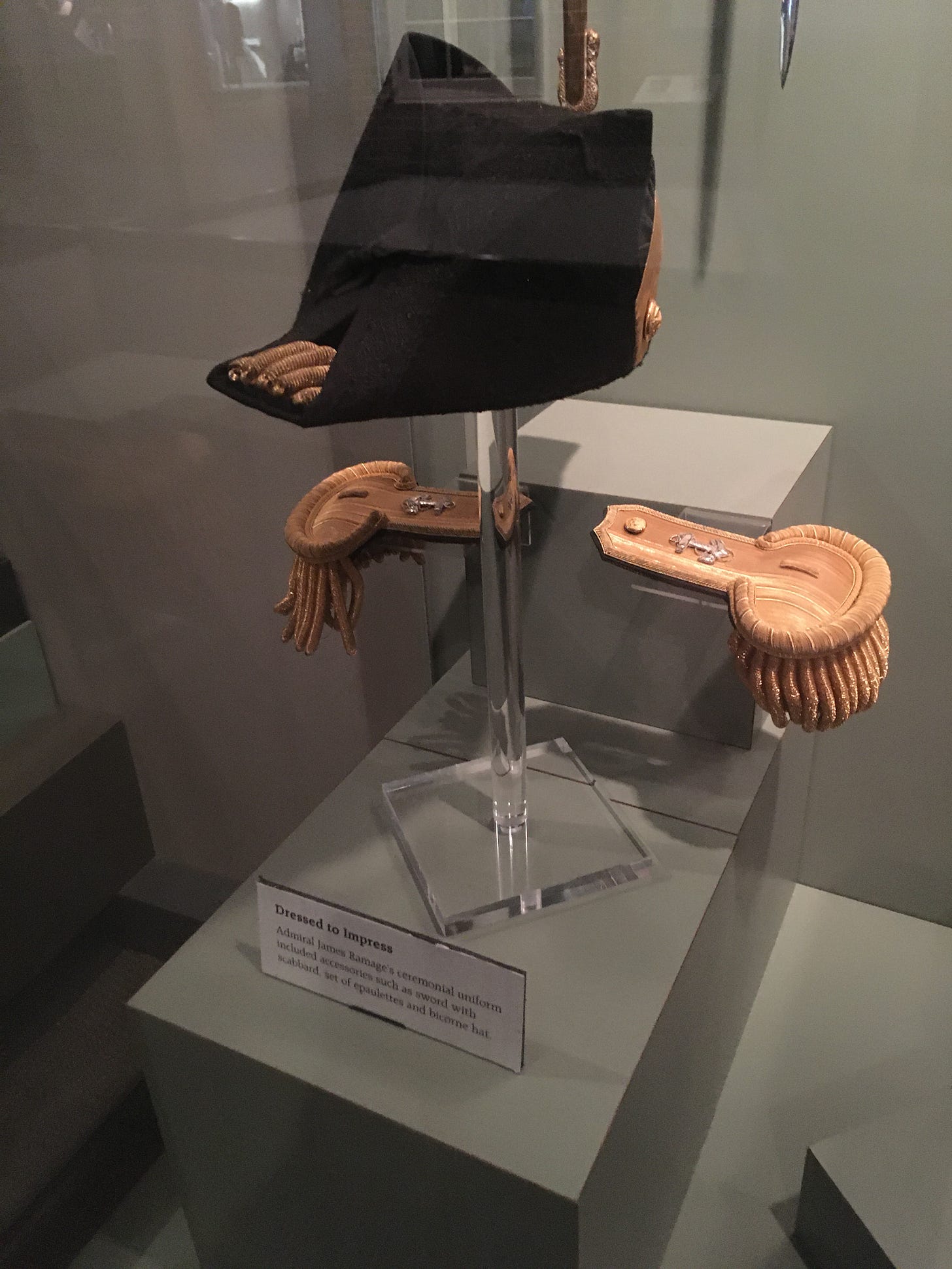
Iowa Writers’ Collaborative Columnists
Laura Belin: Iowa Politics with Laura Belin, Windsor Heights
Doug Burns: The Iowa Mercury, Carroll
Dave Busiek: Dave Busiek on Media, Des Moines
Art Cullen: Art Cullen’s Notebook, Storm Lake
Suzanna de Baca Dispatches from the Heartland, Huxley
Debra Engle: A Whole New World, Madison County
Julie Gammack: Julie Gammack’s Iowa Potluck, Des Moines and Okoboji
Joe Geha: Fern and Joe, Ames
Jody Gifford: Benign Inspiration, West Des Moines
Beth Hoffman: In the Dirt, Lovilla
Dana James: New Black Iowa, Des Moines
Pat Kinney: View from Cedar Valley, Waterloo
Fern Kupfer: Fern and Joe, Ames
Robert Leonard: Deep Midwest: Politics and Culture, Bussey
Tar Macias: Hola Iowa, Iowa
Kurt Meyer, Showing Up, St. Ansgar
Kyle Munson, Kyle Munson’s Main Street, Des Moines
Jane Nguyen, The Asian Iowan, West Des Moines
John Naughton: My Life, in Color, Des Moines
Chuck Offenburger: Iowa Boy Chuck Offenburger, Jefferson and Des Moines
Barry Piatt: Piatt on Politics: Behind the Curtain, Washington, D.C.
Mary Swander: Mary Swander’s Buggy Land, Kalona
Mary Swander: Mary Swander’s Emerging Voices, Kalona
Cheryl Tevis: Unfinished Business, Boone County
Ed Tibbetts: Along the Mississippi, Davenport
Teresa Zilk: Talking Good, Des Moines
To receive a weekly roundup of all Iowa Writers’ Collaborative columnists, sign up here (free): ROUNDUP COLUMN
We are proud to have an alliance with Iowa Capital Dispatch.




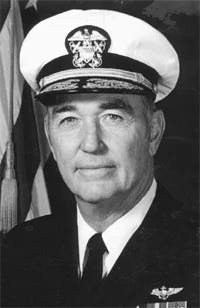
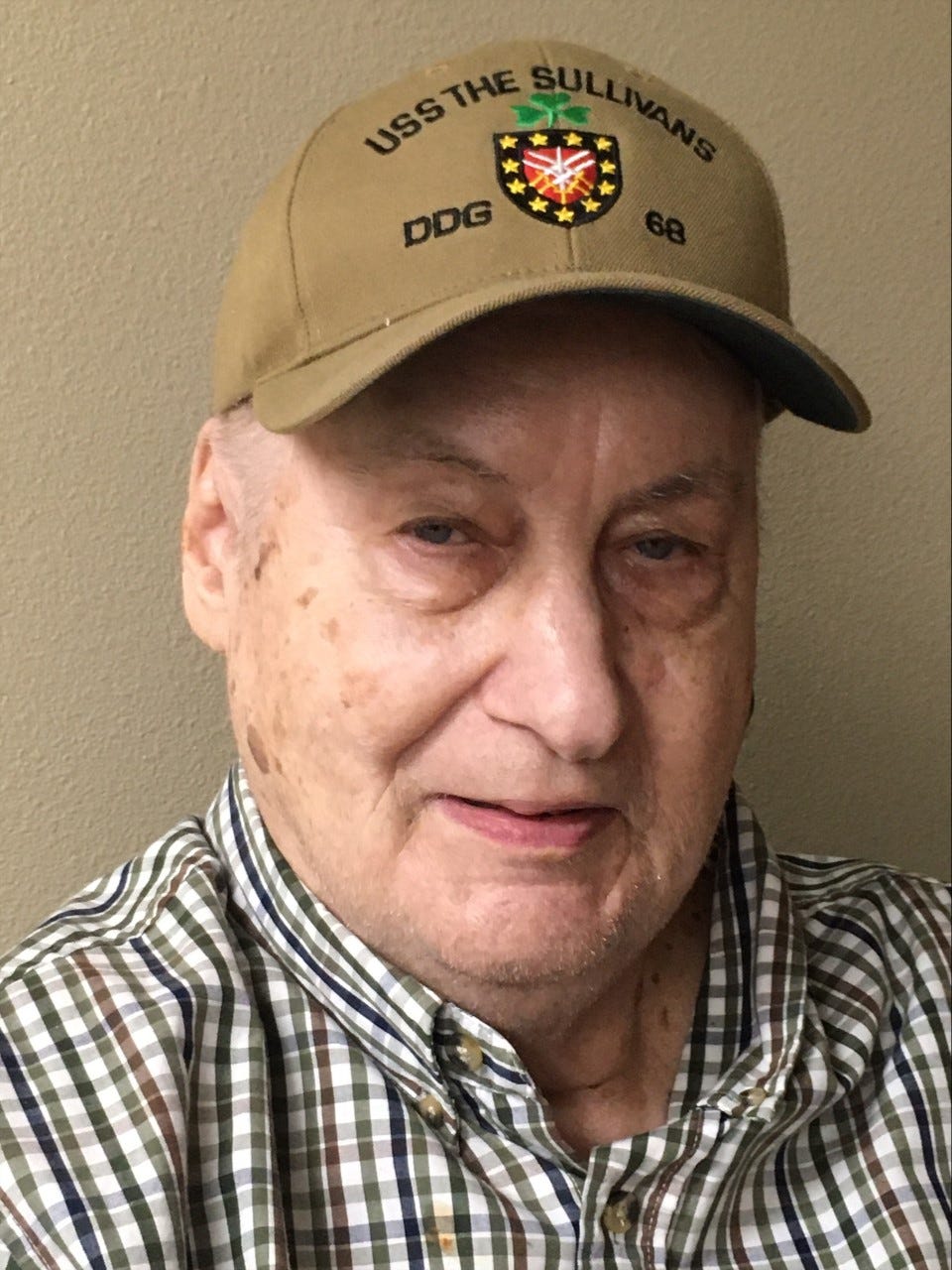
Michael Magee 's suggestion is most impressive. This idea provides an opportunity to bringing the Waterloo community together in an inspiring event to honor US Navy Rear Admiral James D. Ramage 's heroic actions. We Americans are united as we are provided stories of our Military heroes who dedicated their lives to protect our FREEDOMS.
Darrell Cascio of Sarasota.
Fabulous article, Pat! This is sooo important. I'm flying out of the Waterloo Regional Airport soon, to visit my son and his family in NC, and I would love to one day see this US Veteran recognized there in the same manner as aviator, Jonathan Livingston, is---if not like his squadron-mate, Lieutenant Commander Edward H. "Butch" O'Hare, in Chicago! WooHoo! Way to proactively continue to make history relevent and compelling, my friend!